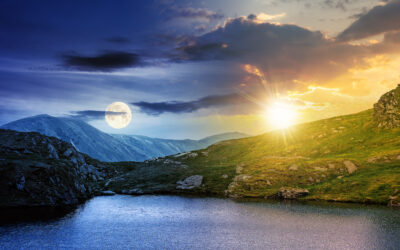Russian has several unique sounds that can be difficult for English speakers to pronounce because they have no direct equivalents in English. These sounds contribute to the distinct sound of the Russian language.
Ы (Yery)
The vowel Ы (yery) is a sound that doesn’t exist in English. It’s produced by positioning the tongue high and back in the mouth, creating a sound somewhere between “i” in “bit” and “u” in “pull.” It’s one of the trickiest Russian vowels for English speakers to master.
Х (Kh)
The consonant Х (kh) is a voiceless velar fricative, similar to the sound made in the Scottish word “loch” or the German “Bach.” It’s a harsher, throatier sound than any English “h.”
Щ (Shch)
The letter Щ (shch) is a sound that’s often described as somewhere between “sh” in “shower” and “ch” in “cheese.” It’s a softer, more prolonged “sh” sound, found in words like “щедрый” (shchedryy – generous).
Й (Yot)
The Й (yot) sound, similar to the English “y” in “yes,” appears in combinations like “ай” (ay) or “ой” (oy). While not entirely foreign, its use in forming diphthongs and softening other vowels can be difficult for non-native speakers.
Ю (Yu) and Ё (Yo)
The Russian Ю (yu) and Ё (yo) are combination sounds that don’t exist as single phonemes in English. Ю sounds like “you” said quickly, while Ё is a stressed “yo” sound that often merges into Е (ye) in unstressed positions.
Ц (Ts)
The letter Ц (ts) represents a hard, sharp sound similar to the “ts” in “cats.” Unlike in English, it’s not a combination of two sounds but rather a single phoneme, commonly found in words like “царь” (tsar).
Ь (Soft Sign)
While the Ь (soft sign) doesn’t represent a sound itself, it plays a crucial role in softening the consonants that precede it. This “softening” gives Russian words a smoother, more palatalized sound that can be hard for English speakers to replicate.
These sounds create a rich variety of pronunciation challenges for learners of Russian, making the language sound vastly different from English!
Related Articles
The Science of Spring Equinox—A Balance of Day and Night
The spring equinox, which occurs around March 19–21, is a celestial event when day and night are nearly equal in length across the globe. This happens because the Earth’s axis isn’t tilted toward or...
The History of Green Beer—A St. Patrick’s Day Tradition
Green beer is a St. Patrick’s Day classic, but you might be surprised to learn that it wasn’t invented in Ireland—it was actually created in the United States! The first known instance of green beer...
The History of the Lucky Rabbit’s Foot—A Strange Superstition
The rabbit’s foot has long been considered a symbol of good luck, but its origins lie in ancient folklore and magic. Some cultures believed rabbits were supernatural creatures due to their burrowing...





